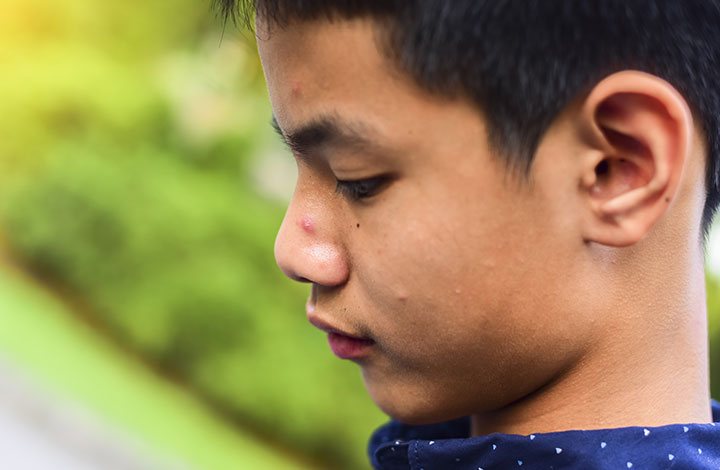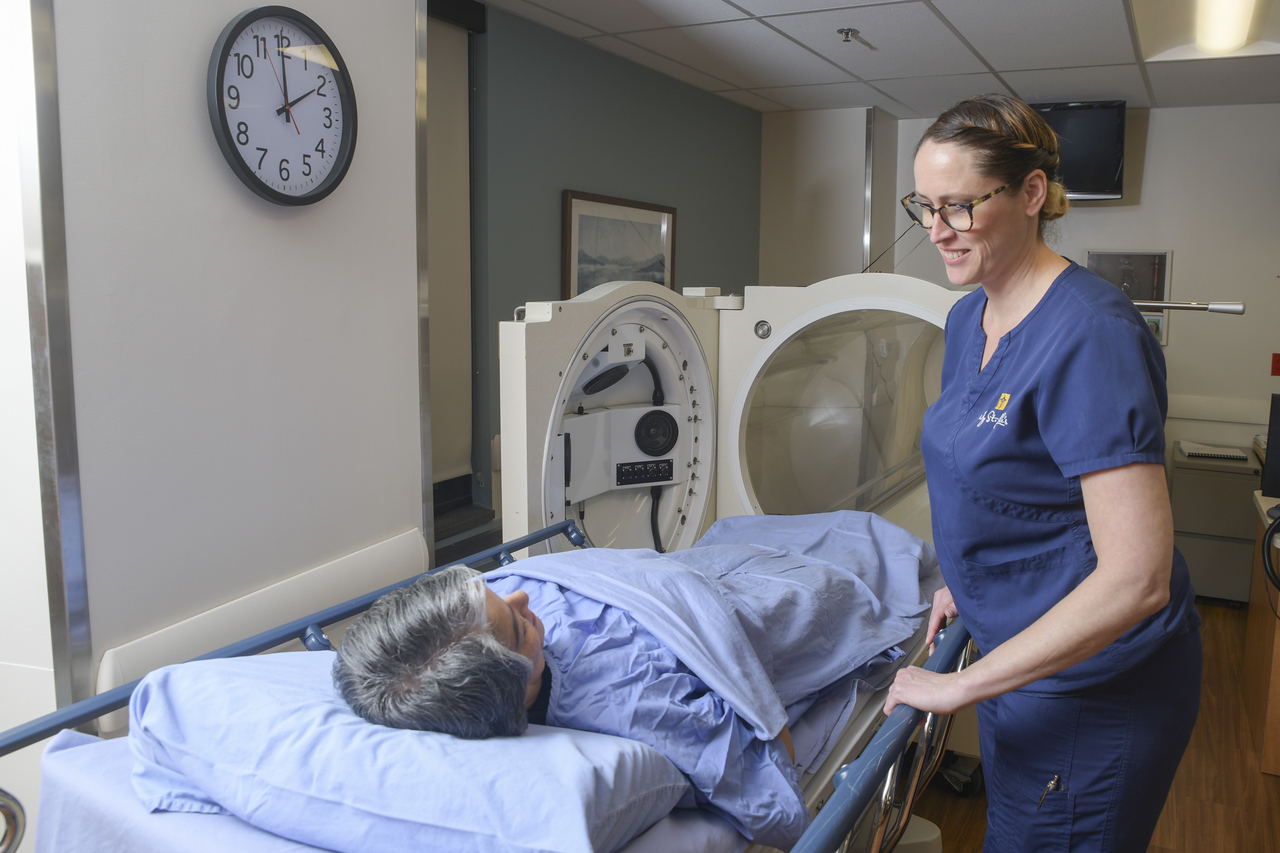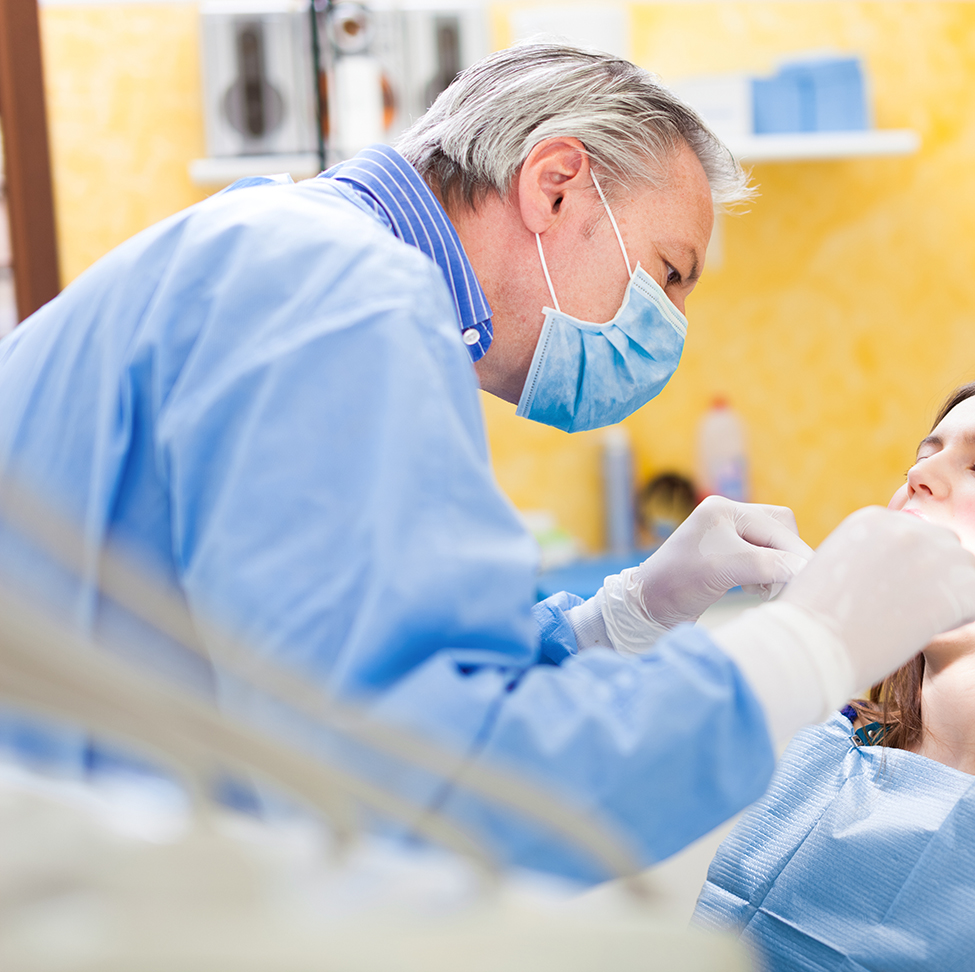News

By Andrew C. Krakowski, MD
It is now accepted in the world of dermatology that kids down to about seven years of age can develop what is called “pre-adolescent acne.” If there is one thing that these patients have in common it is that none of them want to stick out from the other kids in their class. They want to fit in. They do not want to be known as the first person in class to develop acne.
Here are 5 quick tips for combating pre-teen (pre-adolescent) acne at the source:
Be on guard for skin saboteurs
There is an actual medical diagnosis called acne mechanica that University of Pennsylvania's Dr. Albert M. Kligman demonstrated to be essentially the same underlying process as acne vulgaris (common acne). Anything that mechanically rubs or contacts the acne-prone areas of your skin can cause it. Everything from over-the-ear headphones (Zits by Dre!) and your smartphone to glasses, headbands, shoulder pads, golf bag straps and helmet chin straps. Anything that touches your head or face – including your own hands, you chin-resters! – may also contribute to acne, as well. Another culprit is your own hair if it is long enough to contact the skin on your face – especially if you use hair products formulated from an oil base. Acne pomade is the name for acne associated with such oil-based products.
Find the time to develop healthy habits
My patients and I talk a great deal about ways they can keep their skin clear, even while they live a very busy and active life. Pores clogged with dead skin cells and bacteria are the foundation from which a “micro-comedone” and associated inflammation is first formed and from which full-on acne breakouts are thought to eventually develop. Consequently, while it may be tough to find the extra time to squeeze in a shower after lacrosse workout or band practice, it’s essential to do so.
Work from the inside out
One of the most common questions I get as a pediatric acne expert is, “What foods cause acne? Is it chocolate, pizza, milk? Come on, doc, just tell me!” A direct link has not yet been conclusively discovered; however, I use this moment as an opportunity to broach the issue of a healthy diet with my young patients. I mean, you can’t go wrong eating healthy, right? Foods rich in anti-oxidants, such as leafy green vegetables and other brightly colored fruits and vegetables may help raise anti-oxidant levels in your body. Staying sufficiently hydrated will also help keep your skin looking its healthiest. Eating healthy is a great start to looking healthy!
Don’t forget the sunscreen
Sun damage starts affecting skin even at an early age. Also consider that many acne-fighting medications like doxycycline (an oral antibiotic) and retinoids make you more sun-sensitive. Protect your skin by choosing to routinely use a sunscreen with broad spectrum UVA and UVB protection. Choose a product that has been tested and is labeled as “non-comedogenic” or “won’t clog pores” or “won’t cause acne” to ensure your skin continues to look as healthy, vibrant, and wrinkle-free as possible!
See your Pediatric and Adolescent Dermatologist
At some point, you and your pre-teen may need to move beyond the over-the-counter drugstore aisle and get educated past the TV commercials that sell you a celebrity-endorsed benzoyl peroxide lotion at 500 percent mark-up. When you are talking “pre-teen acne” you have to, first, make sure that you have the correct diagnosis and that what is being called “acne” is not something worse. More specifically, kids under seven years of age should not routinely be getting acne; acne in this age group may be the only sign of a condition such as an adrenal tumor or true precocious puberty and warrants a thorough multi-specialty evaluation. Patients should start by making an appointment with a pediatric dermatologist who can accurately diagnose pre-adolescent acne and differentiate it from the list of “other things to consider.” Just as importantly, a board certified pediatric and adolescent dermatologist can offer the latest and safest treatment options backed by science.



